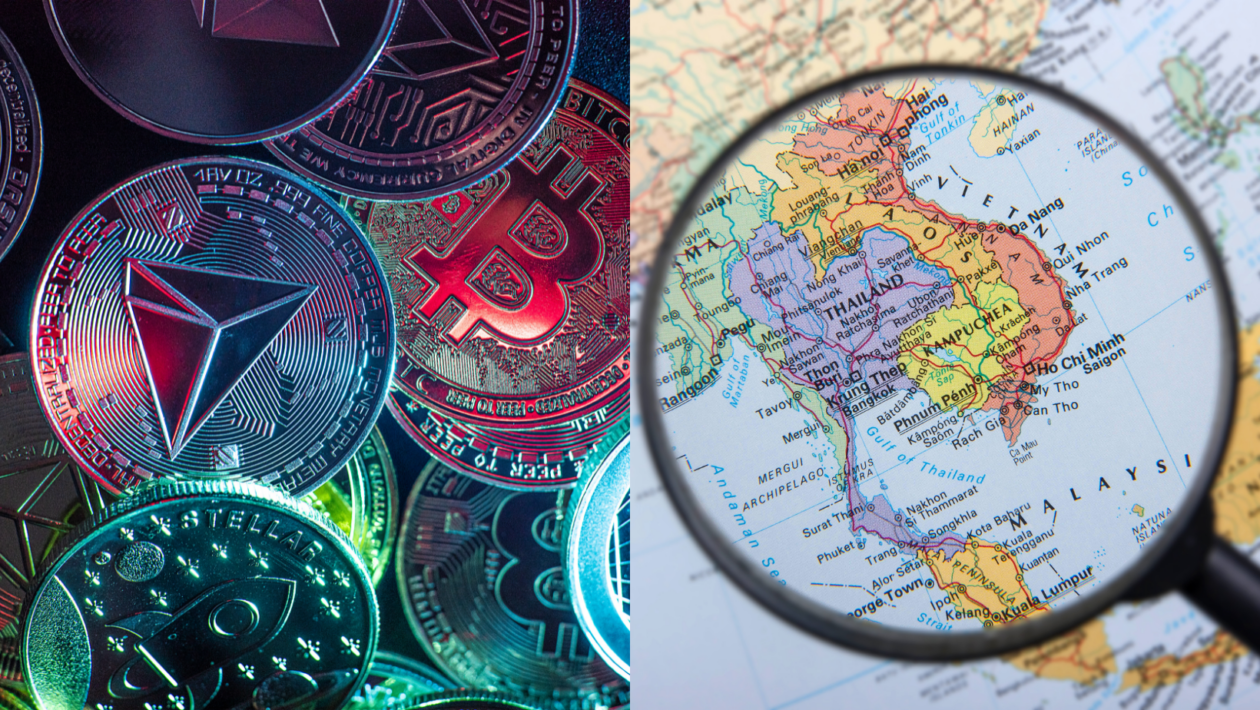Tokenization, the process of digitizing and representing assets as tokens on a blockchain, is quickly ushering in the next era of the digital economy. With the potential to spur wide-ranging changes across the global market, institutions are working diligently to facilitate the growth and implementation of tokenized platforms to modernize traditional financial infrastructure.
While traditional financial assets like securities, commodities and bonds are some of the most widely recognized items that are being tokenized, there are new and increasingly interesting asset classes emerging. From physical assets such as art and real estate to emerging market assets such as carbon credits and intellectual property, the range of available and acceptable collateral is rapidly expanding. These developments are creating the potential to unlock a staggering amount of value across markets and within industries.
Just as computerized ledgers were transformational to the previous paper-based generation, the tokenization of digital and real-world assets will stand to be a crucial evolution that underpins global market infrastructure.
While asset tokenization is making headway across the world, Asian governments and enterprises are increasingly embracing — and scaling — projects dedicated to asset tokenization as a cornerstone of the new digital economy. With experts projecting asset tokenization to be a US$3 trillion economic opportunity in Asia alone, the region has transformed into a hotbed of asset tokenization activity and adoption, spanning both governments and enterprises.
A combination of innovation-focused regulators, collaborative forward-thinking companies, and favorable economic and demographic conditions — such as a young population, high internet penetration rate, surging middle-class and a huge generational wealth transfer — is helping to drive the region forward in exciting new ways.
Across Asia, efforts to develop and scale real-world and digital asset tokenization platforms — as well as implement legal frameworks and government initiatives around them — are occurring at a rapid pace for both retail and wholesale applications.
Project Bakong, a blockchain-based nationwide payment system from the Central Bank of Cambodia, is already in wide use, transforming mobile payment and banking with a digital token backed by the riel, Cambodia’s sovereign currency. Bakong combines e-wallets, mobile payments, online banking, and financial applications within one easy-to-use interface for any preferred bank account.
Another example on the retail side is a new pilot initiative being led by the Hong Kong Monetary Authority (HKMA) to explore and showcase real estate asset tokenization solutions. The pilot will examine and stress-test different mechanisms for enabling a faster and more efficient release of equity relative to real estate for individuals. With real-world asset tokenization predicted to be a multi-trillion-dollar industry by 2030, the pilot represents a significant step forward in the race to maximize readiness for the retail application of such a tokenized product.
On the wholesale side, the HKMA is also enabling new interoperability solutions for central bank digital currencies that aim to address pain points in the correspondent banking system such as high costs, low transaction speeds and a lack of transparency.
To overcome these formidable points of friction in cross-border payments — which are estimated to cost US$120 billion in transaction fees annually — the HKMA, in collaboration with the Bank of International Settlements (BIS) Innovation Center in Hong Kong and the central banks of Thailand, the United Arab Emirates (UAE), and China, launched mBridge. (Both mBridge and Project Bakong were built using Hyperledger Foundation’s open-source technology.) This blockchain technology pilot supports real-time, peer-to-peer, cross-border payments, and foreign exchange transactions using CBDCs — or, in simpler terms, a “bridge” where multiple CBDCs can move digitally across national boundaries.
Launched in 2022, the project has already unlocked a significant amount of value to the tune of US$22 million worth of international transactions for real corporate customers. Using traditional infrastructure, it would take multiple days for these transactions to settle through the correspondent banking system that is the status quo of global finance today. However, utilizing this new technology, these transactions were settled in a fraction of the time.
In addition to mBridge, the BIS Innovation Hub has also expanded Hong Kong’s footprint into new territories like green bonds. This includes developing two prototypes for tracking, delivering, and transferring digitized carbon forwards. The project, monikered Genesis 2.0, involved collaboration among the HKMA, the United Nations Climate Change Global Innovation Hub and other public and private parties to explore the use of blockchain, smart contracts, and other related technologies. These efforts, in part, contributed to the Hong Kong government successfully issuing its first tokenized green bond — the first of its kind to be issued by a government globally.
As new and increasingly interesting use cases and applications tied to tokenization continue to rise to the forefront in Asia, the role of openly developed distributed ledger technologies is already leading to faster innovation and a more secure and efficient tokenization ecosystem for all.
By harnessing the power of community-driven projects, developers and organizations can access cutting-edge tokenized tools and resources, while also contributing to the accelerated adoption of new, automated systems. When these systems are built transparently and collaboratively, they serve as a trusted technology infrastructure for widespread, cross-market transactions.
Openly developed technologies are built on the principles of collaboration and governance. Not only are code and resources freely available for anyone to use, modify, and distribute, but they are developed under the guidance and standards of a community of experts. This approach drives innovation as developers from around the world can contribute their expertise and ideas to improve existing projects or create new ones. It also fosters unity and longevity as there is community buy-in to the development choices.
Under this model, institutions and enterprises in Asia and beyond work together to create a trusted technology infrastructure able to serve as the backbone for the next generation of markets and financial systems. The result: a more secure and efficient financial ecosystem – and hopefully a more innovative and equitable world.





